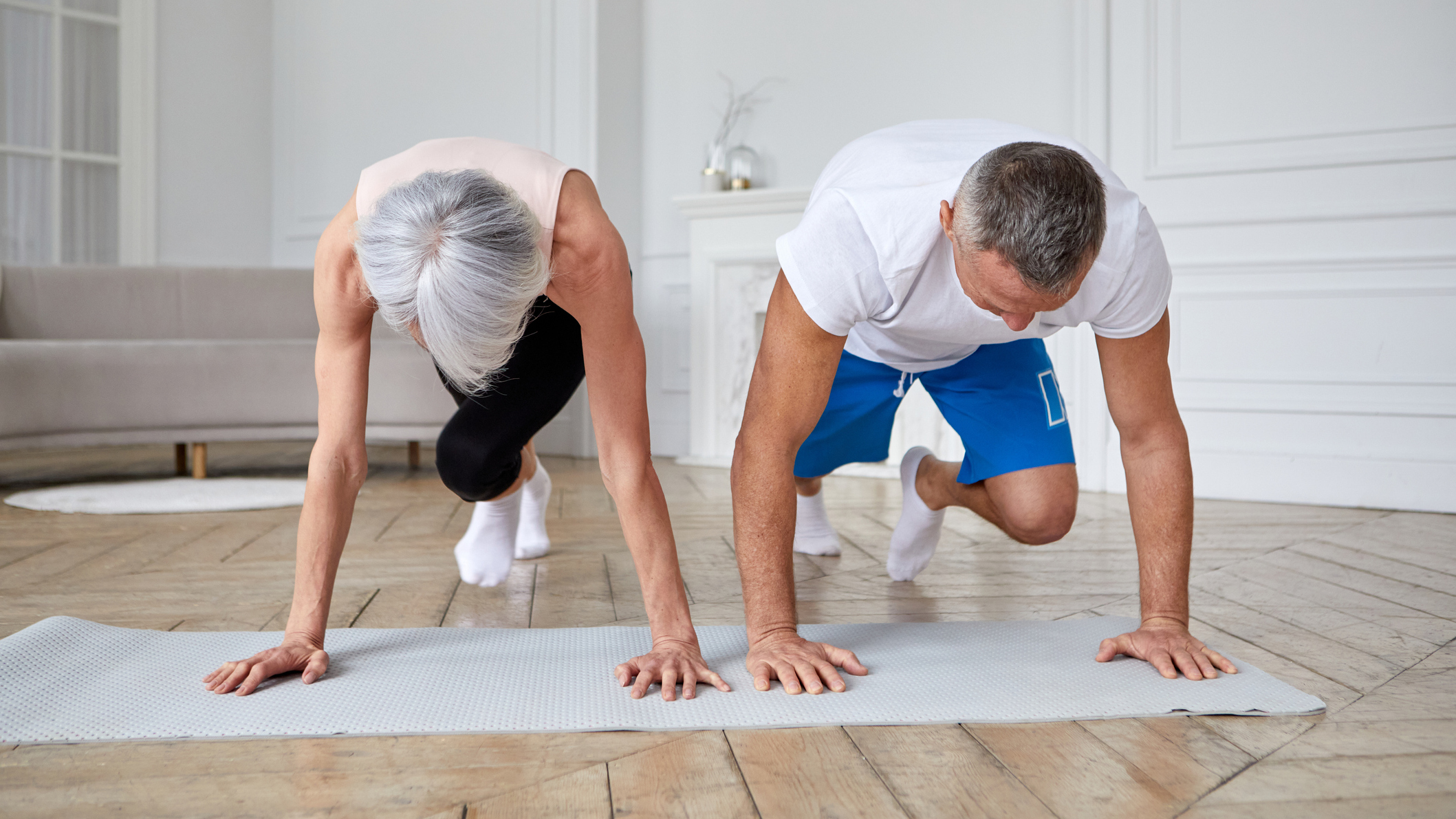A trainer says the secret to a stronger back is moving your core in these three ways
Learn to train the three planes of movement to develop a strong and stable core


There's almost no sport or daily physical activity that doesn't benefit from a stronger core—whether you’re running, carrying children or climbing the stairs—the core is a powerhouse, providing stability and support for your entire body. That's why it was always part of my routine when I was running marathons and weightlifting.
Now that I'm recovering from a protruding disc in my lower spine, I've come to realize how essential it is for injury recovery, too. My rehabilitation program is almost entirely focused on the three planes of core movement: sagittal (forward and backward), frontal (sideways) and transverse (rotational).
"Each one of these planes has a direct, transferable purpose in life and everyday activities," says Kelly Marshall, musculoskeletal specialist and founder of Marshall Movement who created my program.
"When you have strong muscles around the spine and pelvis, it decompresses the spine. It's like an old-school tent: when the guy ropes are taught and balanced, the tent is solid, strong and stable. But if the guy ropes are weak and a bit loose on one side, the tent would start to fall more."
Here are three of my favorite moves, one from each plane of motion. While these will always form just one part of fuller sessions for optimum spine health, why not have a go and incorporate them into your own core routine?
1. Plank knee drive (sagittal plane)
"As we basically live our lives moving sagittally—it's the easiest and most trained plane. It’s also the foundation we build upon. Once moves start feeling stable in the sagittal plane and you can increase repetitions without losing balance, you can progress to the other planes," says Marshall.
How to do it:
Start your week with achievable workout ideas, health tips and wellbeing advice in your inbox.
- Start on your hands and toes, with your arms and legs extended and your chest over your hands, with your body in a straight line from head to heels and core engaged.
- Bring your right knee to touch your right elbow, then return to the start.
- Repeat on the other side, alternating sides with each rep.
- Aim to perform 6-8 reps on each side.
2. Plank with leg lift and side step (frontal plane)
"We spend less time moving sideways but it's needed to protect the spine. It's also a crucial part of sports training, otherwise people end up with issues like ITB syndrome, plantar fasciitis or knee pain because their frontal plane is too weak," says Marshall.
How to do it:
- Start on your forearms and toes, with your shoulders over your elbows and legs extended, with your body in a straight line from head to heels and core engaged.
- Keeping your hips still throughout, lift one leg a few inches off the floor, slowly move it out to the side with control, then reverse the movements to the start.
- Repeat on the other side, alternating sides with each rep.
- Aim to perform 6-8 reps on each side.
3. Coiling (transverse plane)
"We spend the least time moving in a transverse plane so we tend to be the most vulnerable here. One of the most common ways that people end up hurting their back is when they either reach for the seat belt, reach down to tie their shoe and pick something up off the floor. Typically there's a bit of rotation in those movements with flexion or extension and the body isn't trained enough in that way," says Marshall.
How to do it:
- Stand with your feet hip-width apart then take a small step back with your right foot. You can do this exercise without weights, or holding a light dumbbell in your right hand.
- Bend both knees to lower, bringing your right hand to the outside of the left foot. Your right knee should gently touch the floor next to your left heel.
- Push through your left foot to return to the starting position.
- Perform 10-12 reps on each side.

Yanar Alkayat is a health and fitness editor, registered yoga therapist and level 3 personal trainer. She founded Yanar Mind & Movement alongside her journalism to offer specialist yoga therapy for people living with long-term health conditions, movement disorders and marginalised communities. Her chair yoga classes are funded by Parkinson's UK and she regularly runs yoga and fitness for refugee and asylum seeker groups in London. Formerly a content editor and fitness product testing manager at Women’s Health, Men’s Health and Runner's World, she continues to write for national print and digital media.